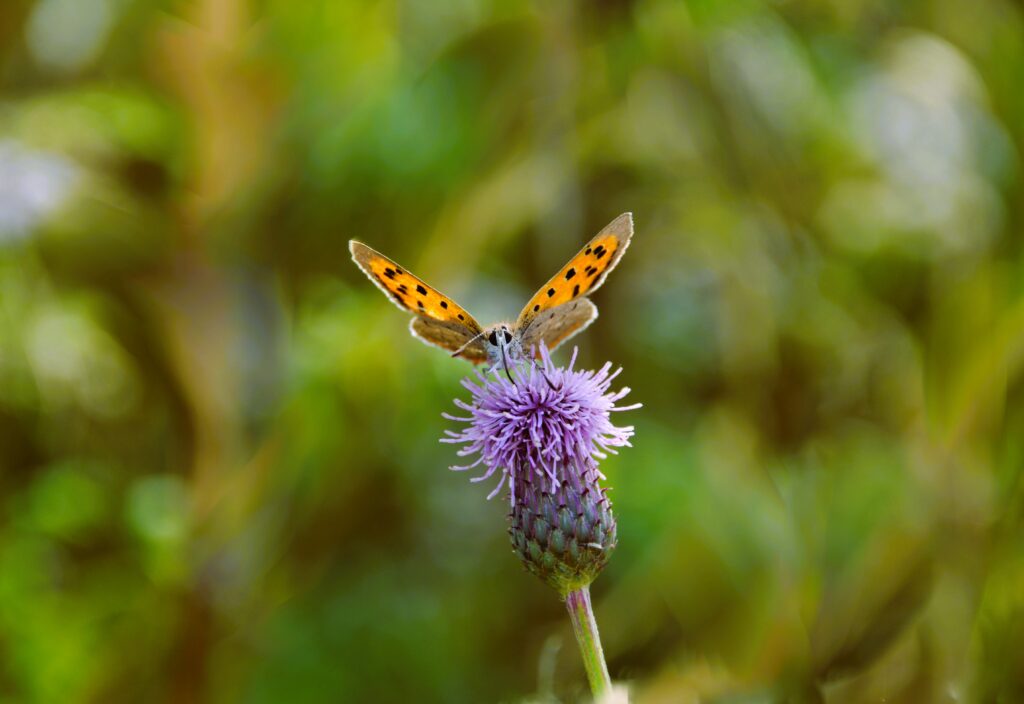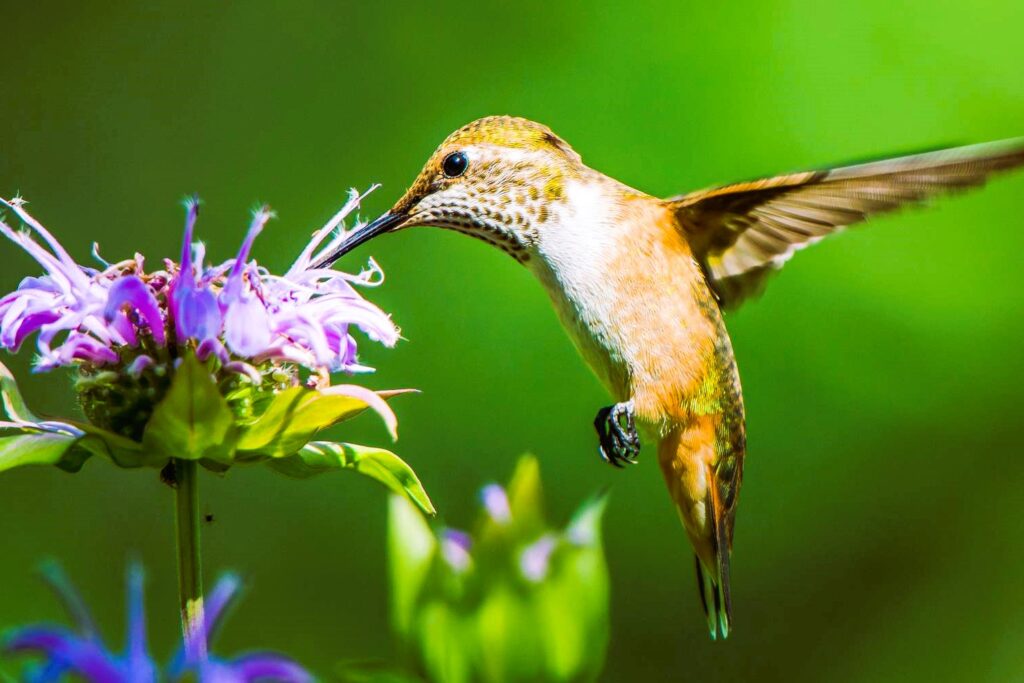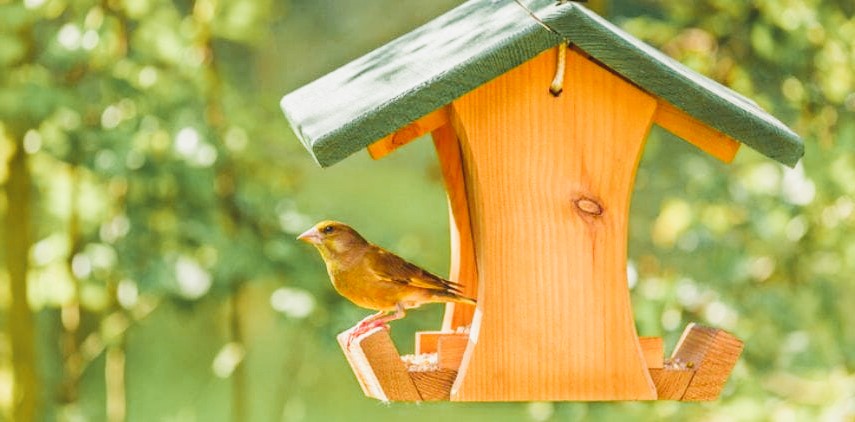A wildlife-friendly garden not only adds beauty and tranquility to your outdoor space but also provides a vital habitat for birds, bees, and butterflies. By incorporating specific elements and practices, you can create an inviting environment that attracts and supports these essential creatures. In this article, we will explore various tips and techniques for designing a wildlife-friendly garden that fosters biodiversity and helps sustain these valuable species.
- Native Plants
One of the most effective ways to attract birds, bees, and butterflies to your garden is by planting native plants. Native plants have evolved alongside local wildlife and provide essential food sources, shelter, and breeding grounds. Research the native plant species in your region and incorporate them into your garden. Choose a variety of plants that bloom at different times of the year to provide a continuous source of nectar and pollen.

- Provide Food Sources
To attract birds, bees, and butterflies, it’s crucial to offer a diverse range of food sources throughout the year. Consider the following:
- Bird Feeders: Hang bird feeders filled with seeds, suet, or nectar to attract a variety of bird species. Place different types of feeders at varying heights to accommodate different feeding preferences.
- Pollinator Plants: Plant flowers with abundant nectar to attract bees and butterflies. Choose a mix of flowering plants with different shapes and colors to cater to a wide range of pollinators.
- Butterfly Host Plants: Include specific plants that serve as host plants for butterfly larvae. For example, milkweed is the host plant for monarch butterflies. By providing these host plants, you encourage butterflies to lay their eggs in your garden.
- Water Sources
Water is essential for wildlife, so incorporating a water source in your garden will attract a greater diversity of birds, bees, and butterflies. Consider adding the following:
- Birdbaths: Install a birdbath or shallow dish with fresh water. Ensure the water is shallow enough for small birds and add a few stones or pebbles to provide perching spots.
- Butterfly Puddling Area: Create a shallow depression filled with damp sand or soil for butterflies to “puddle.” Puddling allows butterflies to extract essential minerals and nutrients from the damp soil.
- Provide Shelter and Nesting Sites
Wildlife requires safe places to nest, roost, and seek shelter. Incorporate the following elements into your garden:
- Trees and Shrubs: Plant a variety of trees and shrubs that provide different levels of cover and nesting sites for birds. Evergreen trees and shrubs offer year-round shelter.
- Brush Piles: Create small brush piles or leave fallen branches and leaves in a designated area of your garden. These provide shelter for birds and small mammals.
- Bee Hotels: Install bee hotels or nesting blocks to provide nesting sites for solitary bees. These bees are excellent pollinators and will greatly benefit your garden.
- Avoid Chemicals
To create a truly wildlife-friendly garden, it’s essential to minimize or eliminate the use of pesticides and herbicides. These chemicals can be harmful to birds, bees, butterflies, and other beneficial insects. Instead, opt for organic and natural pest control methods or consider using companion planting techniques to naturally deter pests. Like the article? Read also about window care.

- Maintenance and Garden Design
Maintain a diverse and layered garden with a mix of heights, textures, and colors to create a visually appealing and wildlife-friendly space. Avoid excessive pruning or tidying up, as many birds and insects rely on plant debris for nesting materials and overwintering habitats. Allow natural areas of your garden to grow wild and undisturbed, providing valuable habitat for wildlife.
Conclusion
Creating a wildlife-friendly garden is a rewarding endeavor that not only benefits birds, bees, and butterflies but also brings joy and beauty to your outdoor space. By incorporating native plants, providing food sources and water, offering shelter and nesting sites, avoiding chemicals, and maintaining a diverse garden, you can attract and support a wide range of wildlife. Embrace the opportunity to observe these fascinating creatures up close and contribute to the conservation of biodiversity in your area. Start transforming your garden into a haven for birds, bees, and butterflies today!

